Tablets of contents:𝐓𝐡𝐞 𝐄𝐠𝐲𝐩𝐭’𝐬 𝐑𝐞𝐥𝐢𝐠𝐢𝐨𝐮𝐬 𝐂𝐨𝐦𝐩𝐥𝐞𝐱
- The Religious Complex in Egypt
- The Religious Complex in Cairo
- Multi-faith Landmarks in Egypt
- Historic Religious Sites in Cairo
- Egyptian Religious Heritage Complex
- Old Cairo Religious Complex
- Sacred Sites in Egypt
- Interfaith Complex in Cairo
- Egypt’s Religious Coexistence Hub
- Religious Harmony in Cairo
Introduction:𝐓𝐡𝐞 𝐄𝐠𝐲𝐩𝐭’𝐬 𝐑𝐞𝐥𝐢𝐠𝐢𝐨𝐮𝐬 𝐂𝐨𝐦𝐩𝐥𝐞𝐱
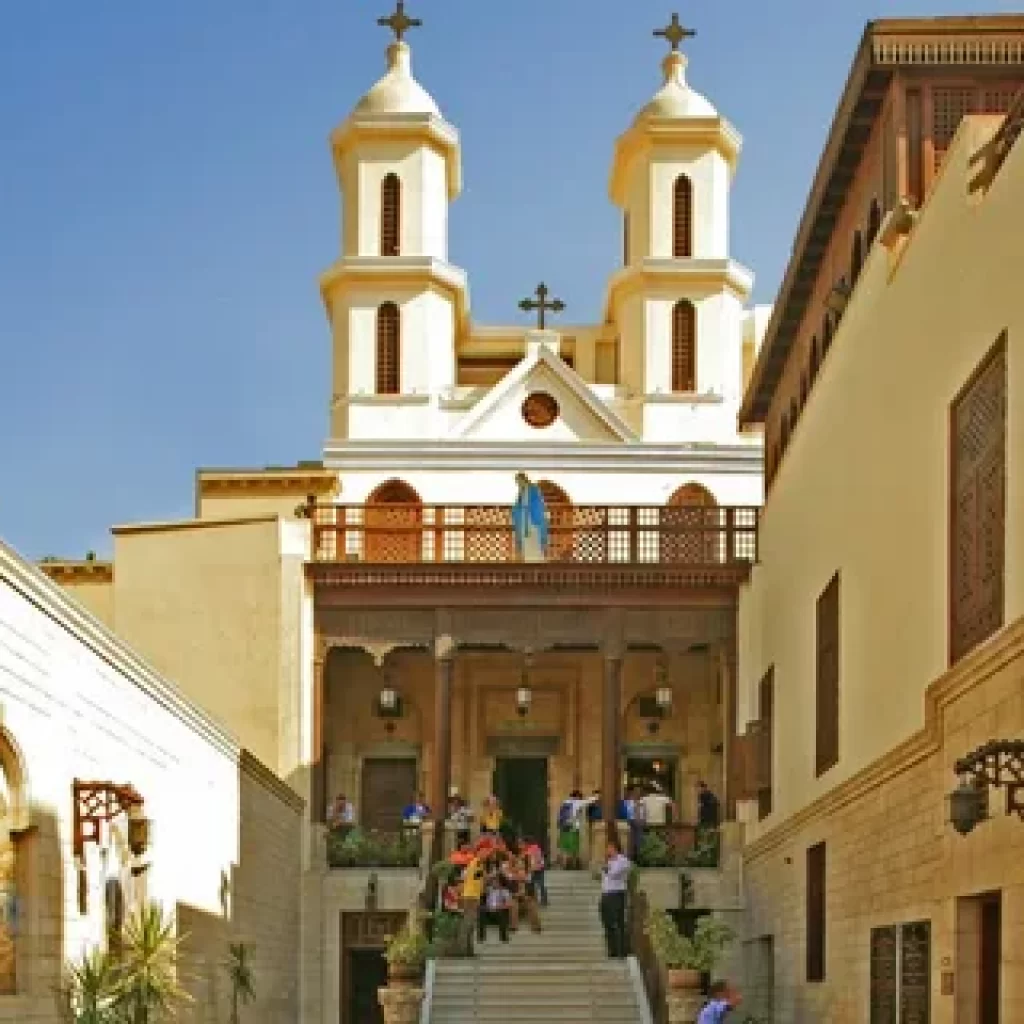
The Religious Complex in Egypt, located in the heart of Cairo, is a testament to the nation’s rich history of religious tolerance and cultural diversity. This unique area encompasses a collection of significant religious landmarks from Islam, Christianity, and Judaism, symbolizing centuries of harmonious coexistence. This article explores the historical, cultural, and spiritual significance of these landmarks, their architectural marvels, and the ongoing efforts to preserve this heritage for future generations.
- Historical Background of the Religious Complex

The Religious Complex in Egypt, situated in Old Cairo, is one of the oldest parts of the city, with roots tracing back to the early Islamic era and beyond. This area, also known as Fustat, was founded in 641 AD by the Arab commander Amr Ibn Al-As. Over the centuries, it became a melting pot of various religions and cultures, giving rise to a unique blend of architectural and cultural heritage that is evident today.
- Architectural Significance of the Amr Ibn Al-As Mosque
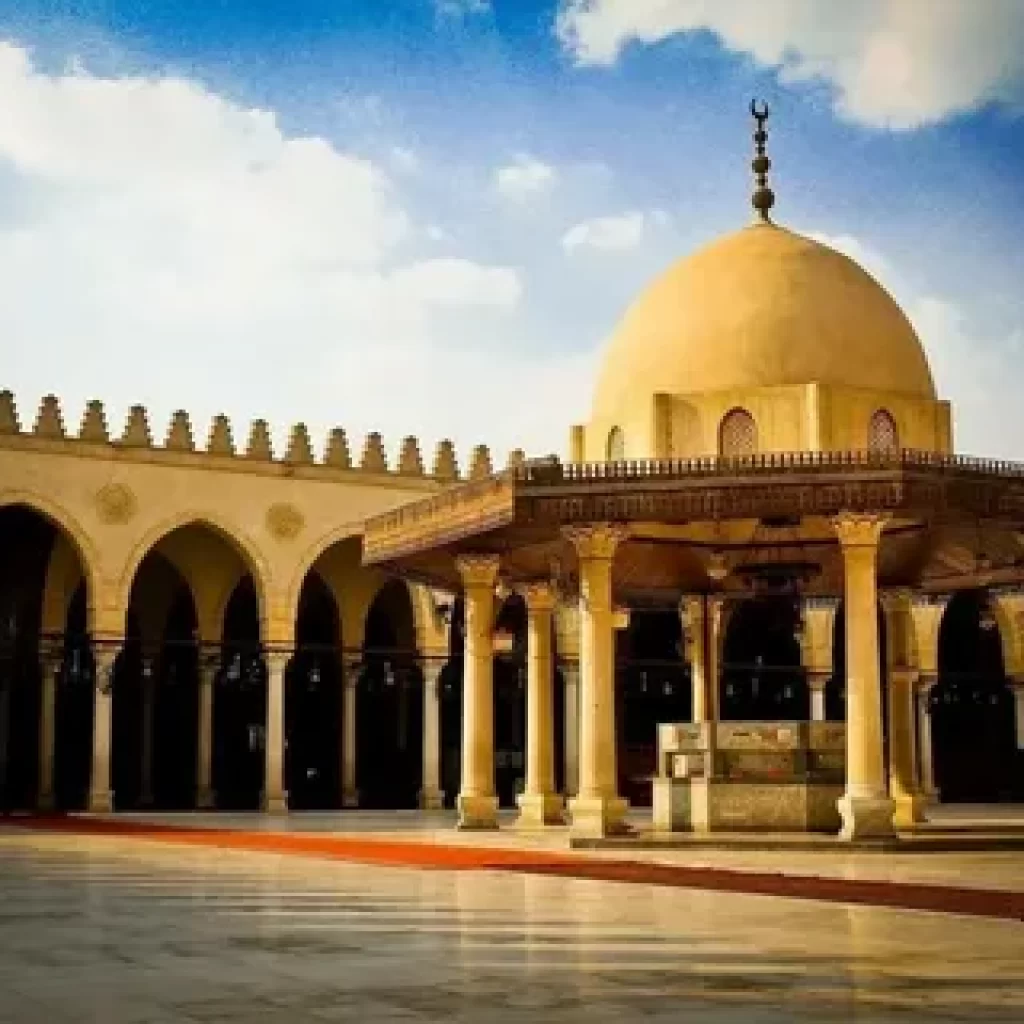
The Religious Complex in Egypt,Built in 641 AD, the Amr Ibn Al-As Mosque is Africa’s first mosque and a cornerstone of Islamic architecture in Egypt. Its simple yet profound design reflects the early Islamic architectural principles, featuring a large open courtyard, arcades, and a minaret. The mosque has undergone several renovations over the centuries, each adding layers of historical significance and architectural evolution. It remains a functional place of worship and a symbol of the enduring legacy of Islamic civilization in Egypt.
- The Spiritual and Cultural Importance of The Hanging Church
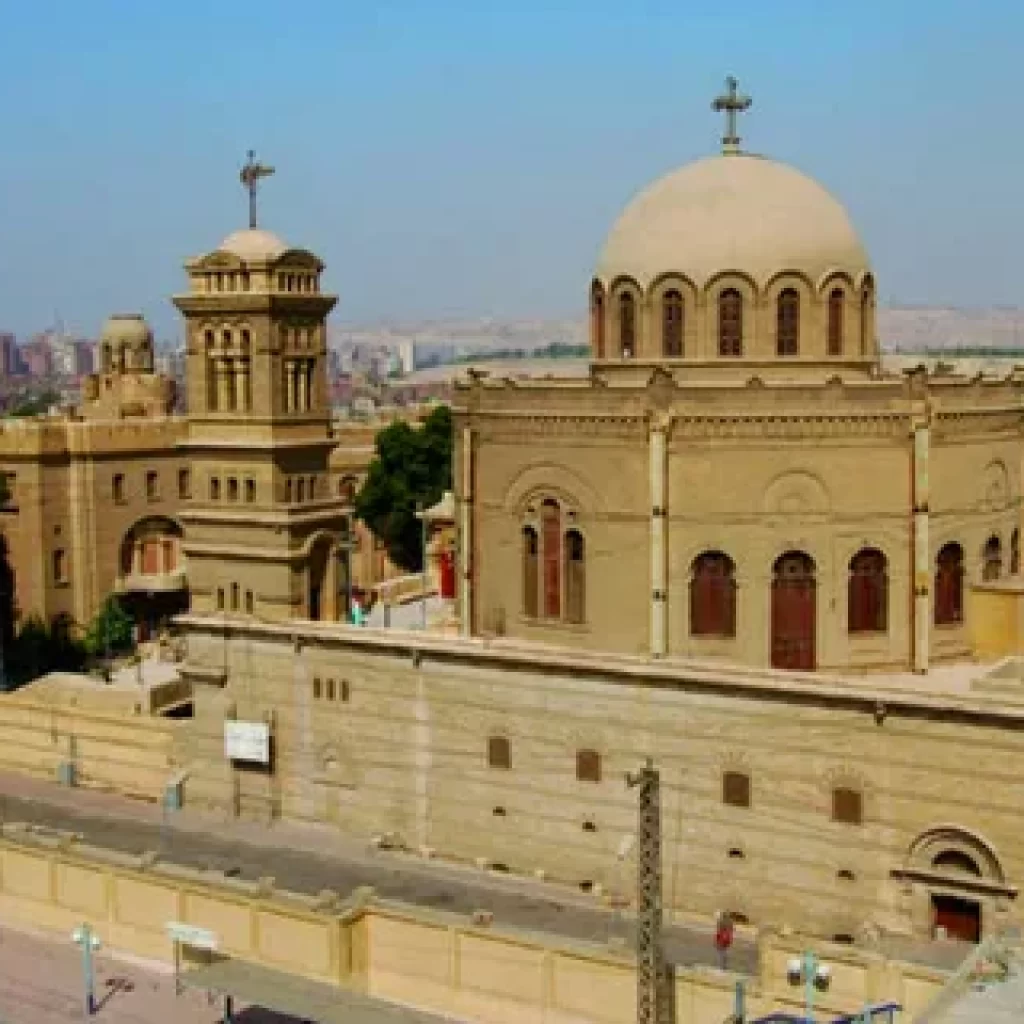
The Religious Complex in Egypt,The Hanging Church, or the Church of the Virgin Mary, is one of the oldest and most renowned Coptic Orthodox churches in Egypt. Built on the southern gate of the Roman Fortress of Babylon, it is called the “Hanging Church” because it is suspended above the ground by the fortress’s gatehouse. Dating back to the 3rd century AD, this church is a testament to the enduring presence and influence of Christianity in Egypt. Its rich history, beautiful icons, and intricate wooden ceiling make it a major spiritual and cultural attraction.
- Saint Sergius and Bacchus Church:
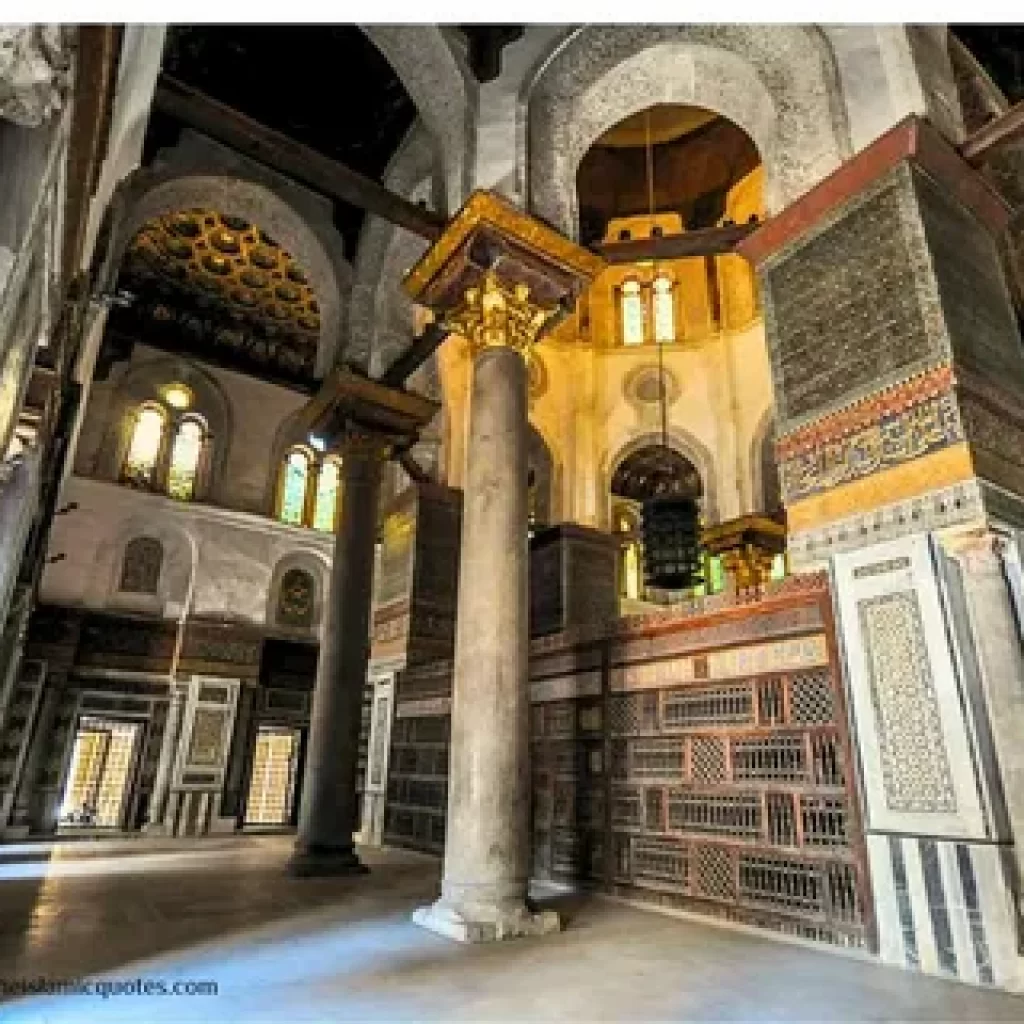
Sanctuary for the Holy Family
Saint Sergius and Bacchus Church, also known as Abu Serga, holds immense significance for Christians as it is believed to be the refuge of the Holy Family during their flight into Egypt. Built in the 4th century AD, the church is one of the oldest Coptic churches in Cairo. It features a crypt where it is believed the Holy Family stayed. This church not only serves as a place of worship but also as a pilgrimage site for Christians from around the world, reflecting the deep spiritual roots of Christianity in Egypt.
- The Legacy of the Ben Ezra Synagogue
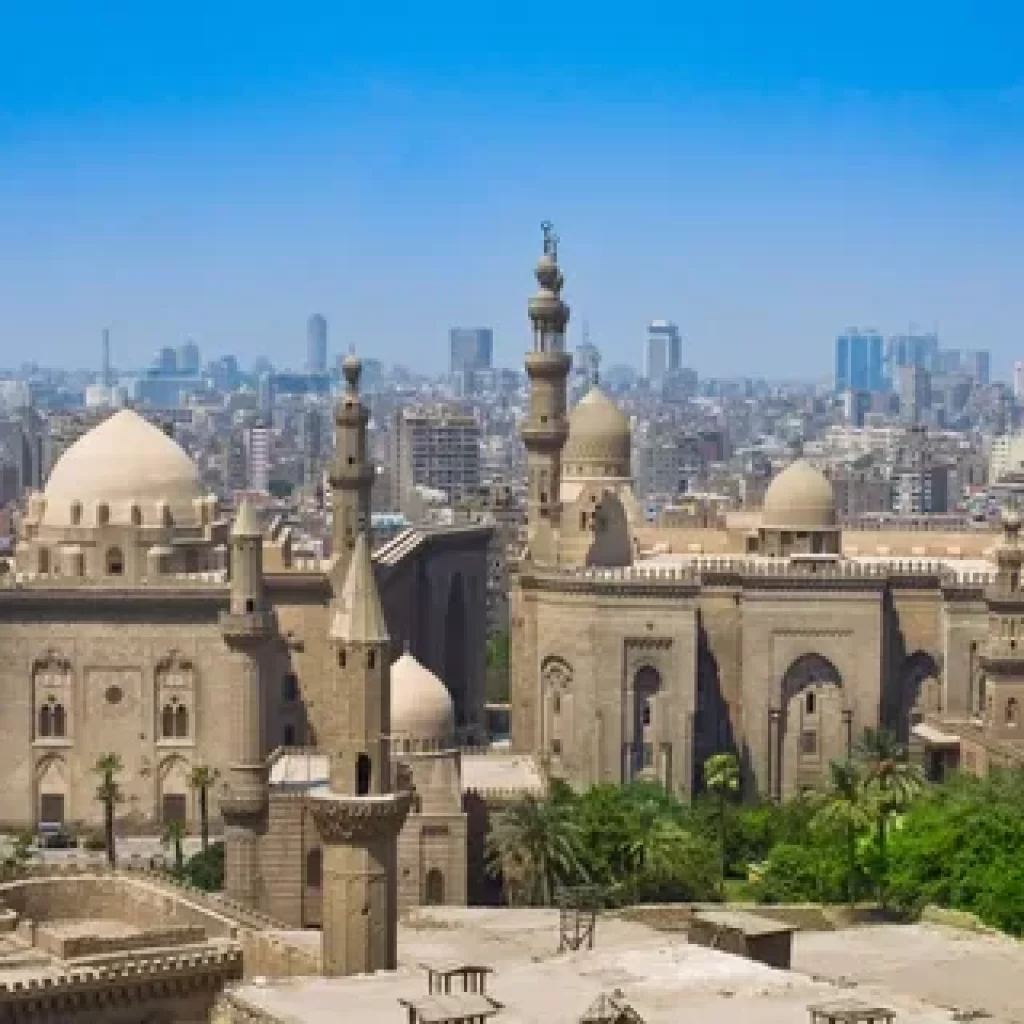
The Religious Complex in Egypt,The Ben Ezra Synagogue is one of the oldest and most historically significant synagogues in Egypt. Originally a Christian church, it was sold to the Jewish community in the 9th century AD. The synagogue is famed for the Geniza documents, a treasure trove of medieval Jewish manuscripts discovered in its storeroom. These documents provide invaluable insights into the social, economic, and religious life of the Jewish community in medieval Egypt. The Ben Ezra Synagogue stands as a symbol of the rich Jewish heritage and its contributions to Egyptian culture.
- Religious Tolerance and Coexistence in the Complex
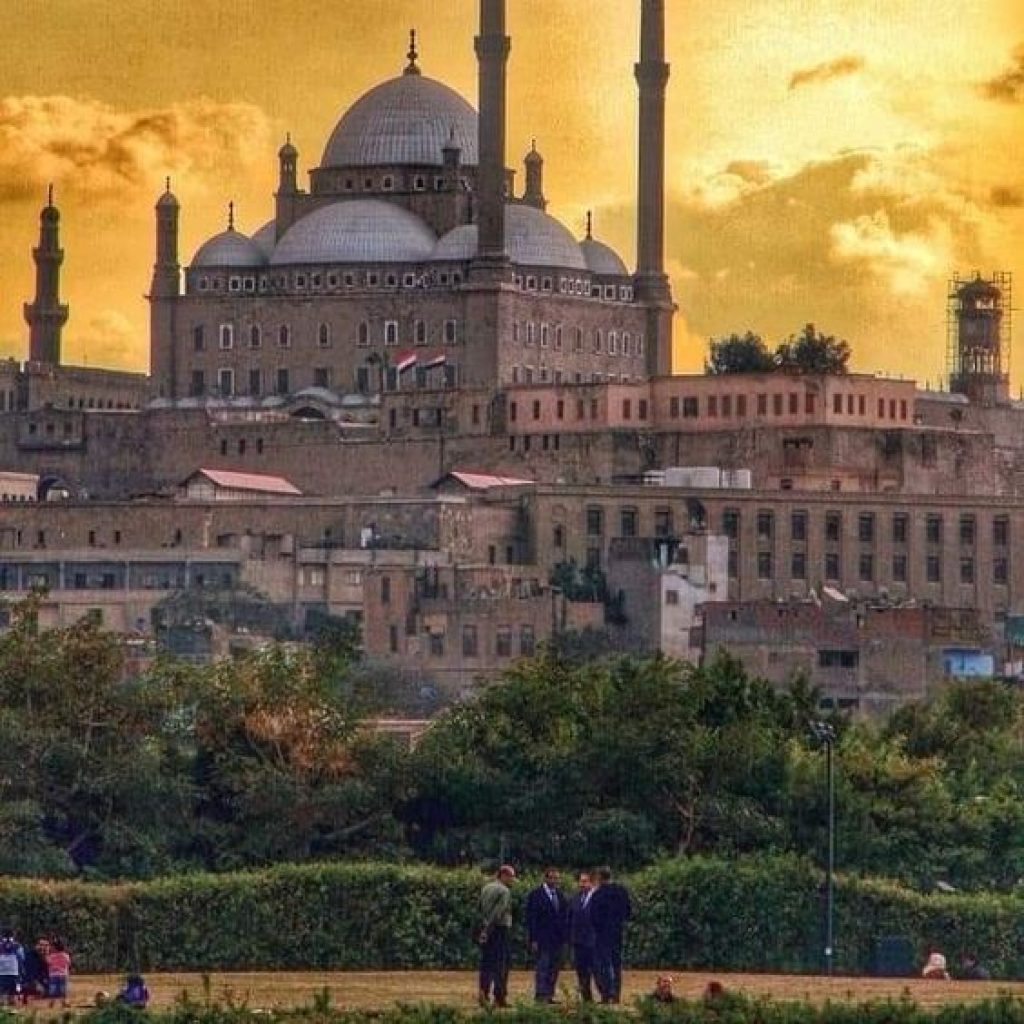
The Religious Complex in Egypt is a microcosm of the country’s historical commitment to religious tolerance and coexistence. The close proximity of Islamic, Christian, and Jewish religious sites illustrates the long-standing tradition of mutual respect and peaceful cohabitation among different religious communities. This harmonious coexistence is a defining characteristic of Egyptian society and a model of religious pluralism for the world.
- Tourist Attractions and Their Impact

The Religious Complex is a major tourist destination, attracting visitors from all over the world who come to explore its rich religious and cultural heritage. These landmarks not only offer a glimpse into Egypt’s diverse history but also contribute significantly to the local economy through tourism. The influx of tourists has led to increased efforts to preserve and restore these historic sites, ensuring their legacy endures for future generations.
- Preservation Efforts and Challenges
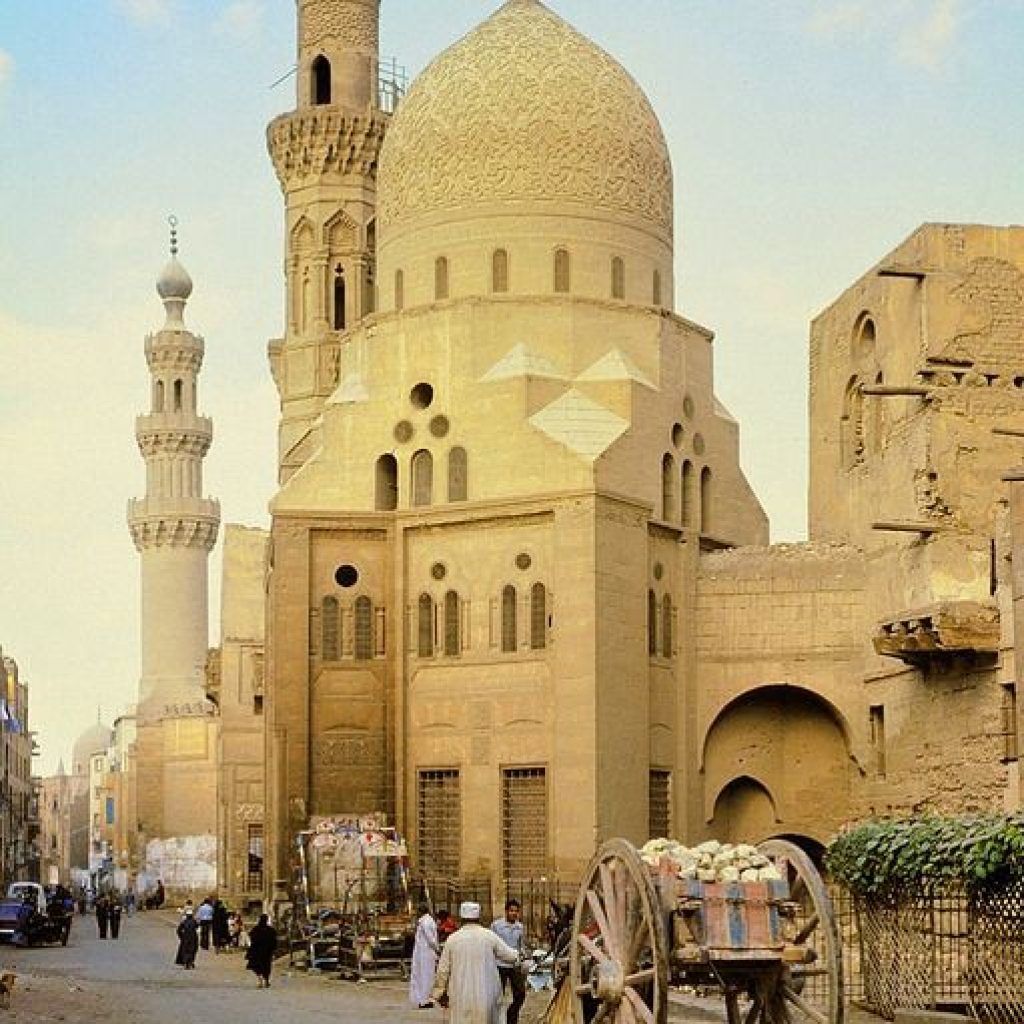
Preserving the Religious Complex poses several challenges, including environmental degradation, urban development, and the sheer age of the structures. Various organizations, both local and international, are involved in restoration and preservation efforts to protect these valuable historical sites. Initiatives include structural repairs, environmental protection measures, and educational programs to raise awareness about the importance of these landmarks. Despite the challenges, continuous efforts are being made to maintain and preserve the complex’s historical integrity.
- Modern-Day Relevance and Activities

Today, the Religious Complex remains a vibrant center of religious and cultural activities. It hosts religious ceremonies, cultural festivals, and educational tours that celebrate its rich heritage. These activities not only highlight the historical significance of the complex but also promote interfaith dialogue and understanding. The complex serves as a living museum, where visitors can witness the ongoing traditions and practices of the three major religions.
10.Conclusion:𝐓𝐡𝐞 𝐄𝐠𝐲𝐩𝐭’𝐬 𝐑𝐞𝐥𝐢𝐠𝐢𝐨𝐮𝐬 𝐂𝐨𝐦𝐩𝐥𝐞𝐱
The Religious Complex in Egypt stands as a powerful symbol of the country’s rich tapestry of religious and cultural diversity. Its historical landmarks reflect centuries of harmonious coexistence among Muslims, Christians, and Jews. By preserving and celebrating this unique heritage, Egypt not only honors its past but also promotes a future of mutual respect and understanding among different religious communities. This complex is a testament to the enduring spirit of tolerance and unity that has shaped Egyptian society for millennia.
FAQs:𝐓𝐡𝐞 𝐄𝐠𝐲𝐩𝐭’𝐬 𝐑𝐞𝐥𝐢𝐠𝐢𝐨𝐮𝐬 𝐂𝐨𝐦𝐩𝐥𝐞𝐱
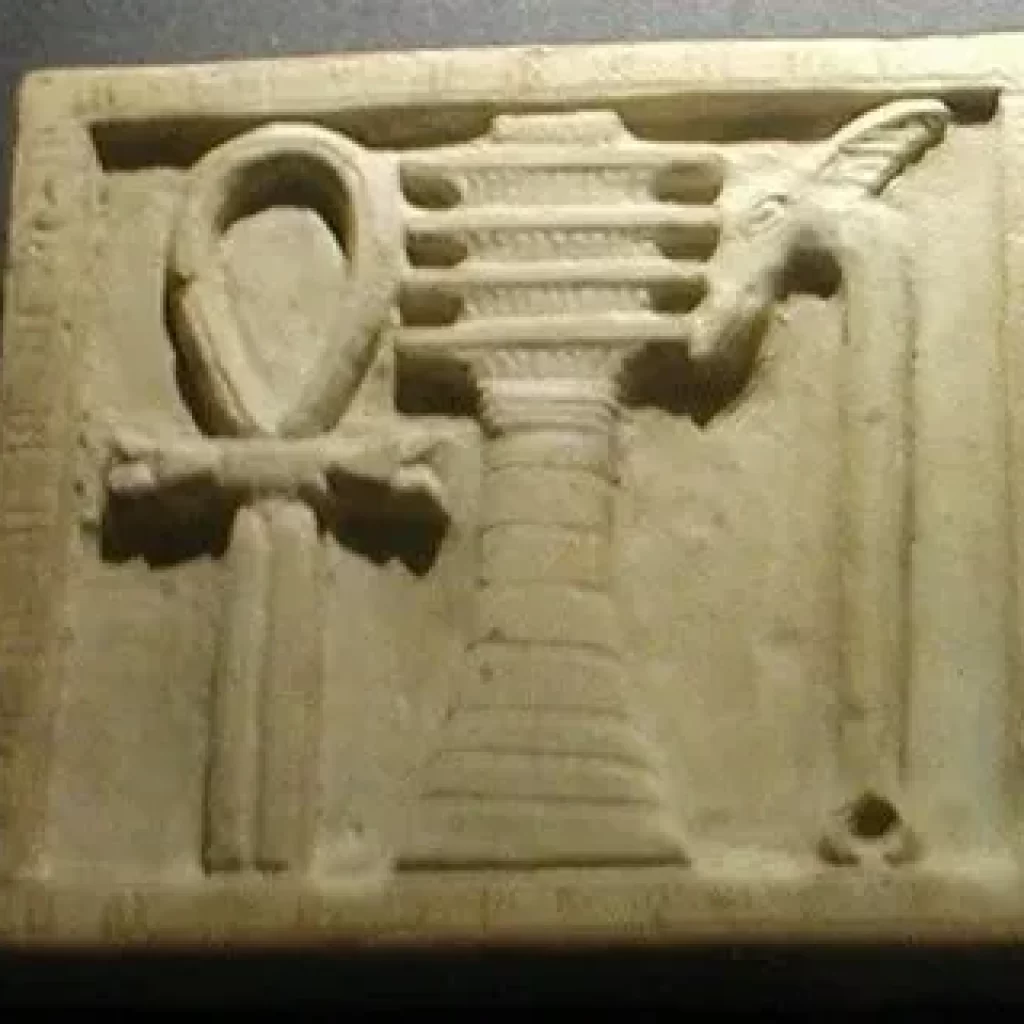
1.
What is the Religious Complex in Egypt?
It is an area in Old Cairo that includes significant Islamic, Christian, and Jewish religious landmarks.
2. Where is the Religious Complex located?
It is located in the Fustat area, the old part of Cairo.
3. Why is the Amr Ibn Al-As Mosque significant?
It is Africa’s first mosque and a cornerstone of Islamic architecture in Egypt.
4. What makes The Hanging Church unique?
It is suspended above the ground on the southern gate of the Roman Fortress of Babylon.
5. What is the historical importance of Saint Sergius and Bacchus Church?
It is believed to be the refuge of the Holy Family during their flight into Egypt.
6. Why is the Ben Ezra Synagogue famous?
It is known for the Geniza documents, which provide insights into medieval Jewish life.
7. What challenges does the Religious Complex face?
Challenges include environmental degradation, urban development, and the age of the structures.

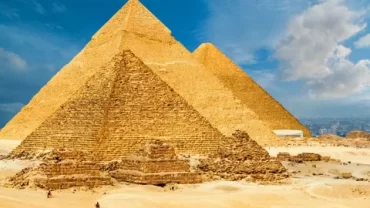



Comment (0)